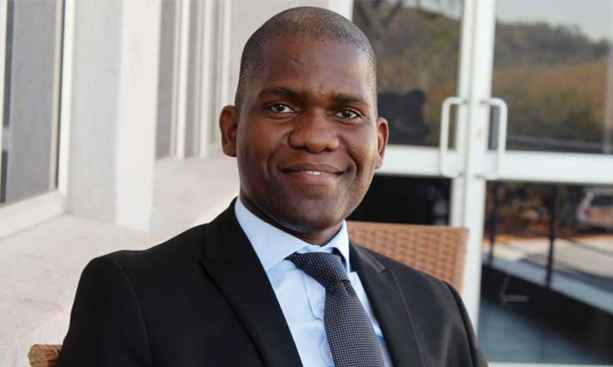Invisible disabilities continue to cause problems such as failure to retain jobs, failure to maintain healthy relationships, isolation and many other effects, it is why this year’s theme for World Disability day on the third of December was ‘Not all Disabilities are Visible’.
The theme also focuses on spreading awareness and understanding of disabilities that are not immediately apparent, such as mental illness, chronic pain or fatigue, sight or hearing impairments, diabetes, brain injuries, neurological disorders, learning differences and cognitive dysfunctions, among others.
When briefing the congregation at the commemoration of World Disability day in Sehitwa Village, Ngami District Health Management Team (DHMT) representative Sandra Maripe said Botswana’s invisible disabilities survey demographics 2017 survey places hearing impairments at 18.5%, leg impairments at 28.7%, visual impairments 49.4% and others at 10.5%.Gender statistics places men with disabilities at 9.7% and Women at 5.8%.
Maripe decried the lack of support from family members towards people living with disabilities, she described how most children with disabilities are called names and made to feel as if they are a mistake. She said that they are working hard to sensitize the community on disabilities and ways to live with people having these problems. The Dr went on to give statistics on the rate of disability in the district, “In Ngami we have 1220 people living with disabilities and the state has devised a way of helping them through food baskets, cash allowance and income generating farms”, she said.
For his part Businessman Omphile Sehurutshe who was the guest speaker said Batswana should not under estimate people with disabilities but should consider learning from them as they have skills. Sehurutshe mentioned how non visible disabilities are the main cause of emotional disturbance and physiological problems. He mentioned how the Botswana government has made it public on how it plans to involve people with disabilities on developments projects. Sehurutshe
Kabo Keoreng who is a person living with disability encouraged other people with disability to not feel sorry for themselves but. He gave an inspiration tale of how he was once a provider of the family and got involved in a car accident that left him.Keoreng descriped how he did not give up despite the circumstances,he is now working for a reputable company and still providing besides the challenge he has.
According to the WHO World Report on Disability, 15 per cent of the world’s population, or more than 1 billion people, are living with disability. Of this number, it’s estimated 450 million are living with a mental or neurological condition,and two-thirds of these people will not seek professional medical help, largely due to stigma, discrimination and neglect.
Another 69 million individuals are estimated to sustain Traumatic Brain Injuries each year worldwide, while one in 160 children are identified as on the autism spectrum.
These are just some examples of the millions of people currently living with a disability that is not immediately apparent, and a reminder of the importance of removing barriers for all people living with disability, both visible and invisible.
